Your Seasonal Guide to Japan’s Most Magical Traditions
Japan’s festivals are more than just fireworks and food stalls—they are cultural windows into centuries of tradition, seasonal beauty, and spiritual connection. Whether you’re visiting for the New Year or planning a spring trip, knowing how to enjoy these festivals like a local will make your experience unforgettable.
In this guide, we’ll introduce Hatsumode, the most important New Year tradition, and explore other major seasonal festivals such as Tanabata, Obon, and hanami (cherry blossom viewing)—plus local tips and etiquette you won’t find in a typical travel brochure.
🎍 Hatsumode – The First Shrine Visit of the Year
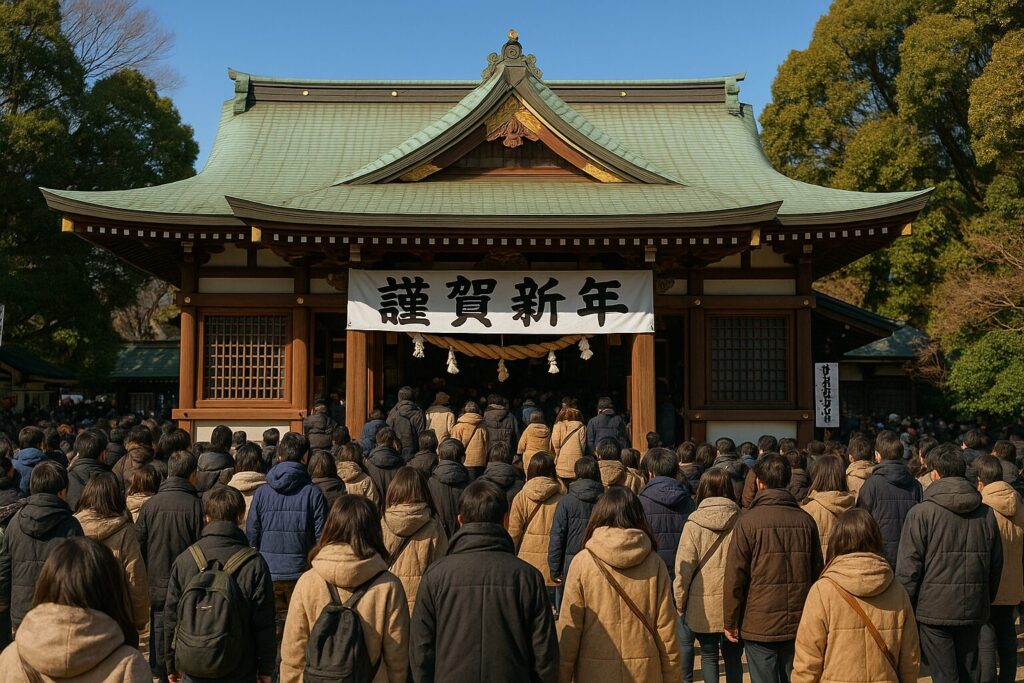
When: January 1–3
Where: Shrines and temples across Japan
Hatsumode (初詣) is the first shrine or temple visit of the year, and it’s one of the most important customs in Japan. Millions of people line up at midnight or early on January 1st to offer prayers for health, happiness, and prosperity.
🧧 What to Expect:
- Omikuji (Fortune Slips): Shake a metal cylinder and draw a fortune—if it’s bad, tie it to a pine tree or wire rack to leave the misfortune behind.
- Omamori (Charms): Buy new lucky charms for the year (love, business, health, etc.)
- Festival Foods: Try tama-konnyaku (chewy yam balls), amazake (sweet rice drink), and grilled mochi
🛐 Local Tip:
If you’re in Tokyo, visit Meiji Shrine (popular but crowded), or try lesser-known temples like Takahata Fudoson for a quieter, more intimate Hatsumode.
👉 Curious to learn more about Hatsumode rituals, shrine etiquette, and how locals celebrate the Japanese New Year?
Check out our full guide here: Hatsumode in Japan: What to Expect on Your First Shrine Visit of the Year
🌸 Hanami – Cherry Blossom Viewing
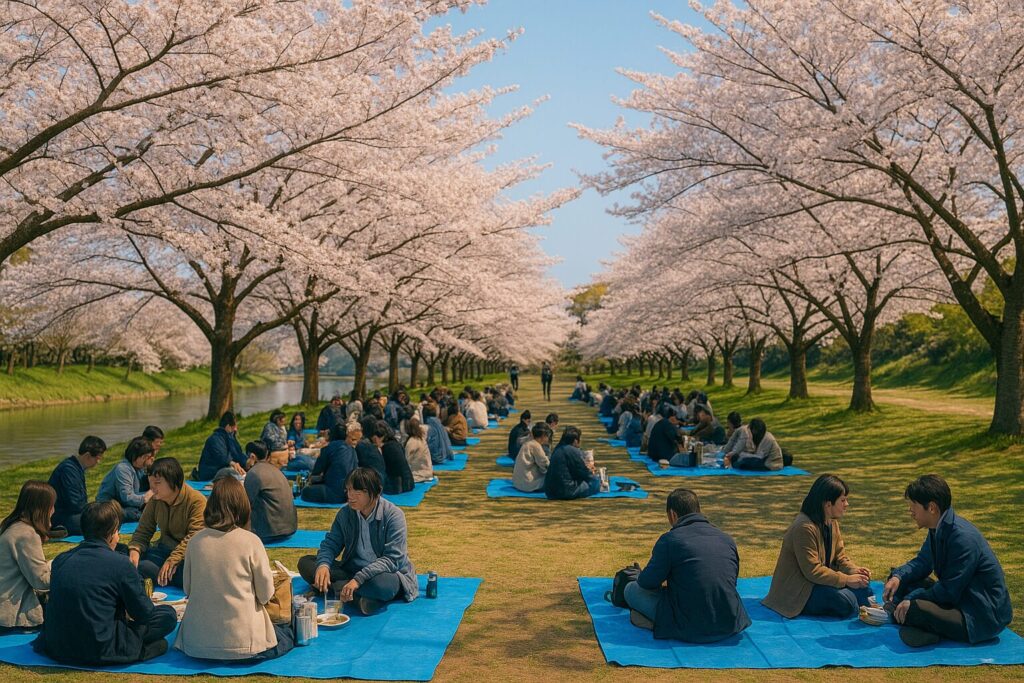
When: Late March to early April
Where: Parks and riversides across Japan
Hanami (花見), or cherry blossom viewing, is not a formal festival—but it’s one of the most beloved Japanese traditions. Families, friends, and coworkers gather under blooming sakura trees to celebrate the arrival of spring.
🌸 Must-Do:
- Bring a picnic mat, snacks, and drinks (even sake!)
- Arrive early to reserve a good spot—popular parks fill up fast
- Enjoy limited-time sakura-themed foods sold in convenience stores and cafés
📸 Local Tip:
Don’t miss evening illuminations (yozakura) at places like Ueno Park or Chidorigafuchi in Tokyo.
🎋 Tanabata – The Star Festival
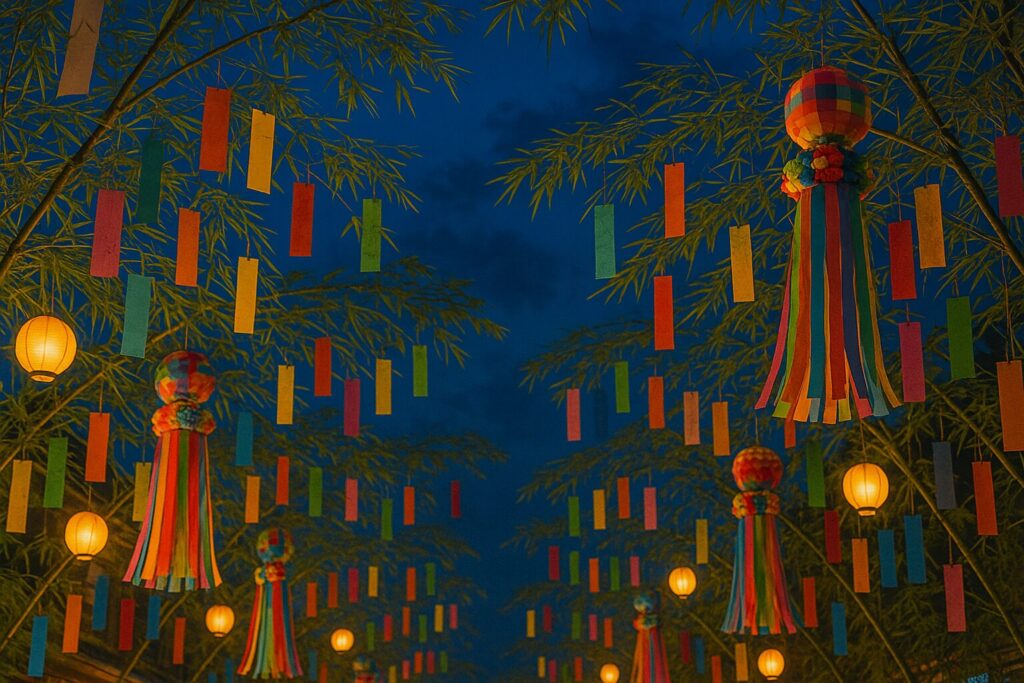
When: Around July 7 (varies by region)
Where: Sendai, Hiratsuka, and across Japan
Tanabata (七夕) celebrates the legend of two star-crossed lovers who can meet only once a year. During this festival, people write their wishes on colorful paper strips (tanzaku) and hang them on bamboo branches.
🎨 Festival Highlights:
- Beautiful decorations in shopping arcades
- Night parades, fireworks, and traditional music in larger cities
- Wishing trees displayed in public spaces and train stations
📝 Local Tip:
You can join by writing your own wish—just ask for a tanzaku and pen near the bamboo display!
👉 Want to dive deeper into Tanabata’s origin and unique regional traditions?
Check out our full article here: The Japanese Star Festival: All About Tanabata
🏮 Obon – Honoring the Spirits of Ancestors
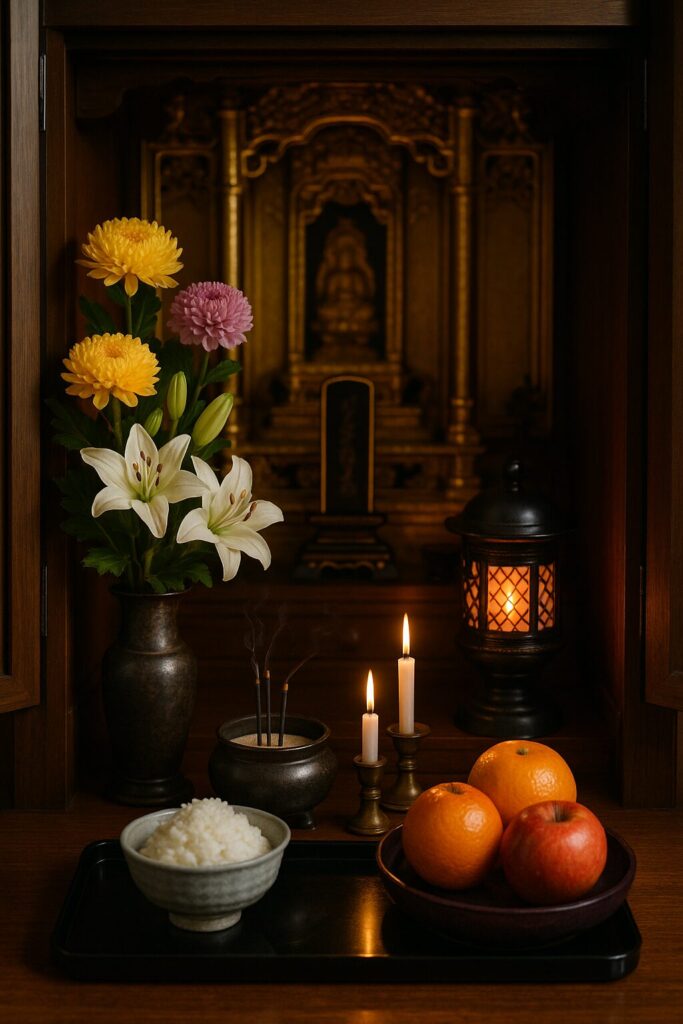
When: Mid-August (or mid-July in some areas)
Where: Nationwide, especially rural towns
Obon (お盆) is a spiritual festival where people return to their hometowns to honor the spirits of their ancestors. Bon Odori (盆踊り), or traditional folk dancing, is held in parks and temple grounds.
🕯️ What to Expect:
- Bon Odori: Simple circle dances open to all ages—you’re welcome to join!
- Floating Lanterns: Paper lanterns floated down rivers to guide ancestral spirits
- Grave Visits: Locals clean family graves and offer flowers and food
🎆 Local Tip:
Visit a local Obon festival in a small town to get the full experience—it’s heartfelt, welcoming, and deeply cultural.
🧭 Tips to Experience Japanese Festivals Like a Local
✅ Arrive early: Whether it’s hanami or a shrine visit, the best spots fill up fast
✅ Dress appropriately: Yukata is common in summer festivals, but even casual wear is fine as long as it’s respectful
✅ Follow etiquette: Don’t cut lines at shrines, keep your voice down at solemn sites, and clean up after yourself
✅ Ask locals: Japanese people are often happy to explain traditions if you show interest and kindness
🌍 Final Thoughts
From spiritual shrine visits to dancing under the stars, Japanese festivals offer something for every traveler. By understanding the customs, meanings, and local behaviors, you’ll enjoy a much deeper and more respectful connection to Japan’s culture.
So next time you’re in Japan—don’t just be a tourist.
Be a participant. Be part of the festival.
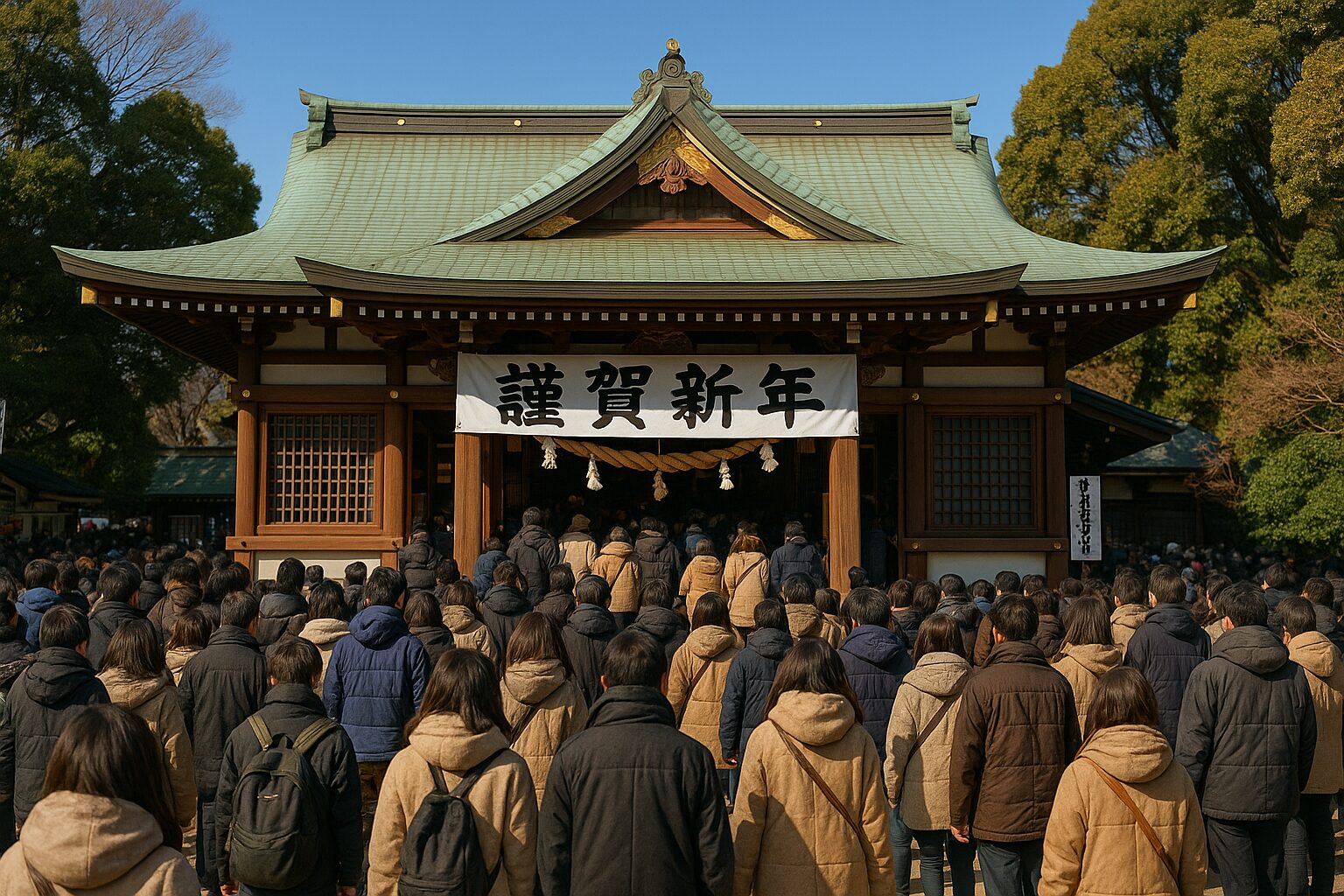


コメント